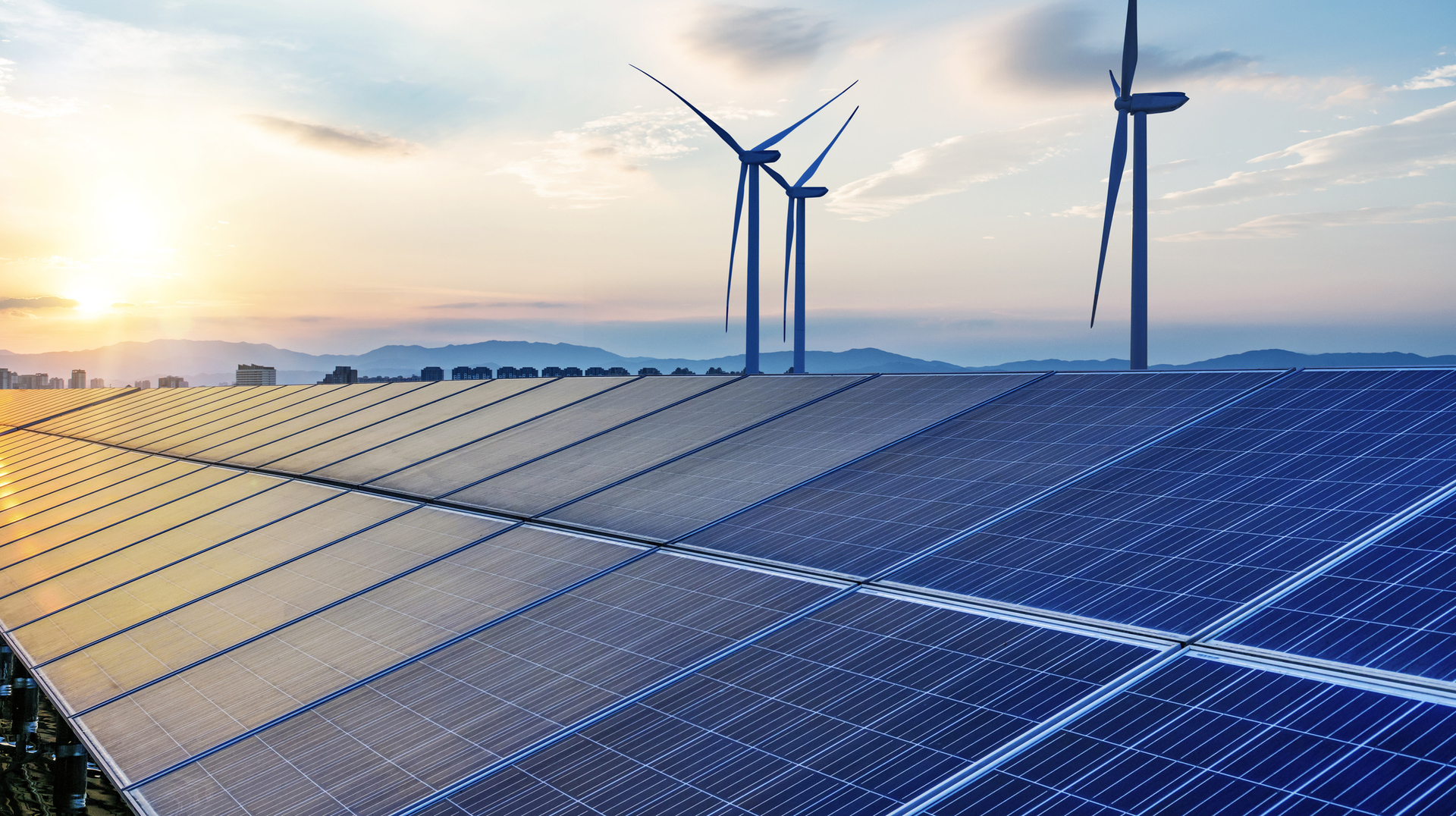There is no shortage of cash - Green investment to surge
Posted on 19th December 2022 at 10:46
There is no shortage of cash. That’s a line I have heard repeated many times over. Along with headlines such as “Green Transition is $50 trillion opportunity”. The big challenge is to match up the opportunity with the means.
Exponential growth of green infrastructure
The link between carbon dioxide and global warming was first made in 1856 by physicist Eunice Newton Foote. It wasn’t until a century later that Rachel Carson wrote an influential book about biodiversity, pesticides and poisons. The Green Movement had begun.
Throughout the next few decades, pioneers would invest time and energy in greener ways of living – homes and businesses, energy and infrastructure. Nordic countries invested in energy efficiency and renewables in response to the 1970s oil crisis. Elsewhere, progress was slow.
Investment in green infrastructure increased after the year 2000, with strong leads by China and Germany, particularly in solar power. The UK took a huge leap forward from 2012 to 2015 when it closed most of its coal fired power plant and replaced it with off-shore wind. Wind and solar are now the cheapest sources of electricity in the UK and globally.
Some thought that COVID would have a negative impact on green investment. But it didn’t. People the world over learned more about air quality, healthy buildings and a better quality of life. Then came the Russian invasion of Ukraine. Energy prices sky-rocketed.
The interest and investment in green homes, energy and infrastructure has accelerated once again. Zooming out, one can see the exponential growth pattern that is every investor’s dream.

Show me the money
Huge volumes of cash are already flowing in. The US government committed $1 trillion to infrastructure in 2021 and then in 2022 $370 billion to green technologies – with the specific intention of luring in further green investment.
The UK government is less generous with capital funding but does run a lot of innovation competitions with green goals. Plus, there is the excellent Catapult Network designed to bridge the gap between the UK’s world-class academia and the successful commercialisation of new technologies.
But it’s not all about government funding. Private money is getting in on the act for various reasons. One of which is the avoidance of risk. Afterall, investing in something that is not sustainable will, sooner or later, lead to some big losses. The Task Force on Climate-related Financial Disclosures (TCFD) is an international organisation with the mission to develop voluntary climate-related financial disclosures that would be useful to investors and others in understanding material risks. However, national regulators (in the UK for example) are now requiring such disclosures in company reporting. Investors are now better informed of the risks and are choosing to invest greenly.
That has covered the funds out there who are looking to increase returns and reduce risk by investing in green. Another source of capital for sustainable infrastructure investments is impact investing. Impact investing is a form of investing with the goal of generating both a financial return and a positive social or environmental impact. Impact investors are often attracted to projects that focus on areas such as renewable energy, water conservation, and waste management.
Endless opportunity
The UK government published a Net Zero Review in January 2023 which drew these conclusions:
Net zero is the growth opportunity of the 21st century
Conclusion 1: Net zero is creating a new era of change and opportunity
Conclusion 2: The UK must act decisively to seize the economic opportunities and smooth the transition
Conclusion 3: The benefits of investing in net zero today outweigh the costs
Conclusion 4: Unlocking the ambition of places and communities will deliver the most successful version of net zero
Conclusion 5: Net zero can materially improve people's lives — now and in 2050 — but work is needed to secure the benefits and minimise costs
Conclusion 6: Net zero by 2050 remains the right target for the UK — it is backed by the science, widely followed, and is creating real opportunity
Conclusion 7: Significant additional government action is required to ensure that the UK achieves net zero in the best way possible for the economy and the public
In response to this review, Dr Rhian-Mari Thomas, CEO of the Green Finance Institute said
“The UK's transition to net zero is achievable but must be supported by a coherent and overarching financing strategy. This will require a smarter approach to risk-sharing with the private sector, including the use of guarantees and innovative financial mechanisms, to accelerate the deployment of private capital into net zero across every corner of the UK”

The UK’s “Contract for Difference CfD” scheme is an excellent example. It has been used to give confidence to the investment sector which has helped the UK to have more offshore wind than any country in the world. Yet, now that electricity prices have rocketed, the owner’s of these schemes are now paying money back to the UK government. It’s a win-win where investors get a good return for their risk, and the government does not over subsidise.
Making it happen
The sheer scale of infrastructure projects makes it hard to get them started. An experienced project team is vital. One who can take the project from concept to completion through all its technical and commercial stages whilst managing a wide array of stakeholders. A good team can de-risk the project as much as possible and make it attractive for investors.
Relevant FAQs
What is sustainable investing?
Sustainable investing is an investment approach that puts environmental, social, and governance (ESG) concerns at the core of the investment decision-making process. It seeks to generate long-term financial returns while also supporting positive social and environmental outcomes.
What are the benefits of sustainable investing?
The benefits of sustainable investing include the ability to make a positive impact on the world, improved risk management, and the potential for greater long-term returns.
What are the risks associated with sustainable investing?
Sustainable investing does come with risks. These include the risk of underperforming the market due to a lack of diversification, higher costs associated with ESG research, and the potential for companies to change their ESG practices.
How do I know if a company is sustainable?
There are several ways to determine if a company is sustainable. You can look at their ESG ratings, research their sustainability policies, and review their financial performance. You should also look for certifications or labels that recognize the company’s commitment to sustainability.
Share this post:




